Deep in Nelson Lakes National Park, in New Zealand 's South Island , lies a lake surrounded by steep, forested mountains and fed by the icy streams of Lake Constance.
The lake was discovered by the Maori and they named it Rotomairewhenua, meaning “lake of peaceful lands”. The lake became a sacred site where ancient Maori cleansed the bones of the dead, believing this would ensure the souls a safe journey to their ancestral homeland of Hawaii.
PHOTO: Nelson Tasman
In recent times, hikers passing through the national park have commented on the lake's extraordinary color. Scientists have found that the subalpine lake's water has "exceptional optical clarity," with visibility of 70 to 80 meters, and they say it is "the clearest freshwater ever reported."
The title of “the clearest lake in the world ” and photos of the stunning scenery have since been widely shared on social media, making the lake a popular tourist destination between December and March (New Zealand’s summer). But conservationists and Maori fear this growing popularity could threaten the lake’s purity.
Their biggest concern is the spread of Lindavia, a microscopic algae colloquially known as “snot lake” because of the slime it produces that floats just below the surface of the water. The algae has been found downstream of Rotomairewhenua (also known as Blue Lake) in Lakes Rotoiti, Rotoroa and Tennyson, and is believed to have been spread by hikers’ boots or in their water bottles.
"Nose Lake"
Phil Novis, a scientist at the environmental institute Landcare Research, speculates that Lindavia is an invasive species that arrived in New Zealand from North America, possibly via fishing gear. The first records of it in the country were in the early 2000s, and it has since spread quite widely. “Humans are the main culprit,” he says, explaining that in previous research his team collected and tested sediment cores from 380 lakes in New Zealand, and the only lakes where Lindavia was present were those with easy human access.
The alpine lake is surrounded by steep forests. PHOTO: Janet Newell
Just one tiny particle of it can change a lake’s ecosystem forever, he adds, and it can be transmitted quite easily in water droplets. He recalls one case where he found a Lindavia specimen on the chest hair of a man who had swum several kilometres across Lake Wānaka, in New Zealand’s Otago region.
While not known to be toxic to humans, the algae secretes long viscous strands known as slime which, when concentrated, can be a nuisance – clogging fishing lines, boat filters or hydroelectric systems. In the case of Rotomairewhenua, the slime it produces can obscure the lake’s exceptional clarity.
Protect the purity of the lake
According to the New Zealand Department of Conservation, which collects voluntary data from hikers at the visitor hut near Rotomairewhenua, visitor numbers have more than doubled since the 2013 study on lake clarity was published. Most people hike to the lake on two- or seven-day treks or as part of the Te Araroa long-distance trail, which spans the entire length of New Zealand.
Melissa Griffin, senior biodiversity ranger for Nelson Lake at the Department of Conservation, said the “clearest lake in the world” title and social media buzz had certainly contributed to its popularity. “It was beautiful, it was famous, but not many people came. Then, when it got the title, it brought more hikers to the lake.”
PHOTO: Nelson Lakes National Park
As a result, the Department of Conservation has put biosecurity measures in place along the route. They have installed cleaning stations next to the lake, with signs instructing walkers to clean their shoes and gear before heading to Rotomairewhenua, as they could potentially introduce new species. They are also urging visitors to not touch the water – whether it’s swimming, wetting a towel to cool down or dipping a GoPro into it for underwater shots.
Source: https://thanhnien.vn/ho-nuoc-trong-nhat-the-gioi-noi-du-khach-phai-lau-sach-giay-dep-khi-ghe-tham-185250218104352068.htm


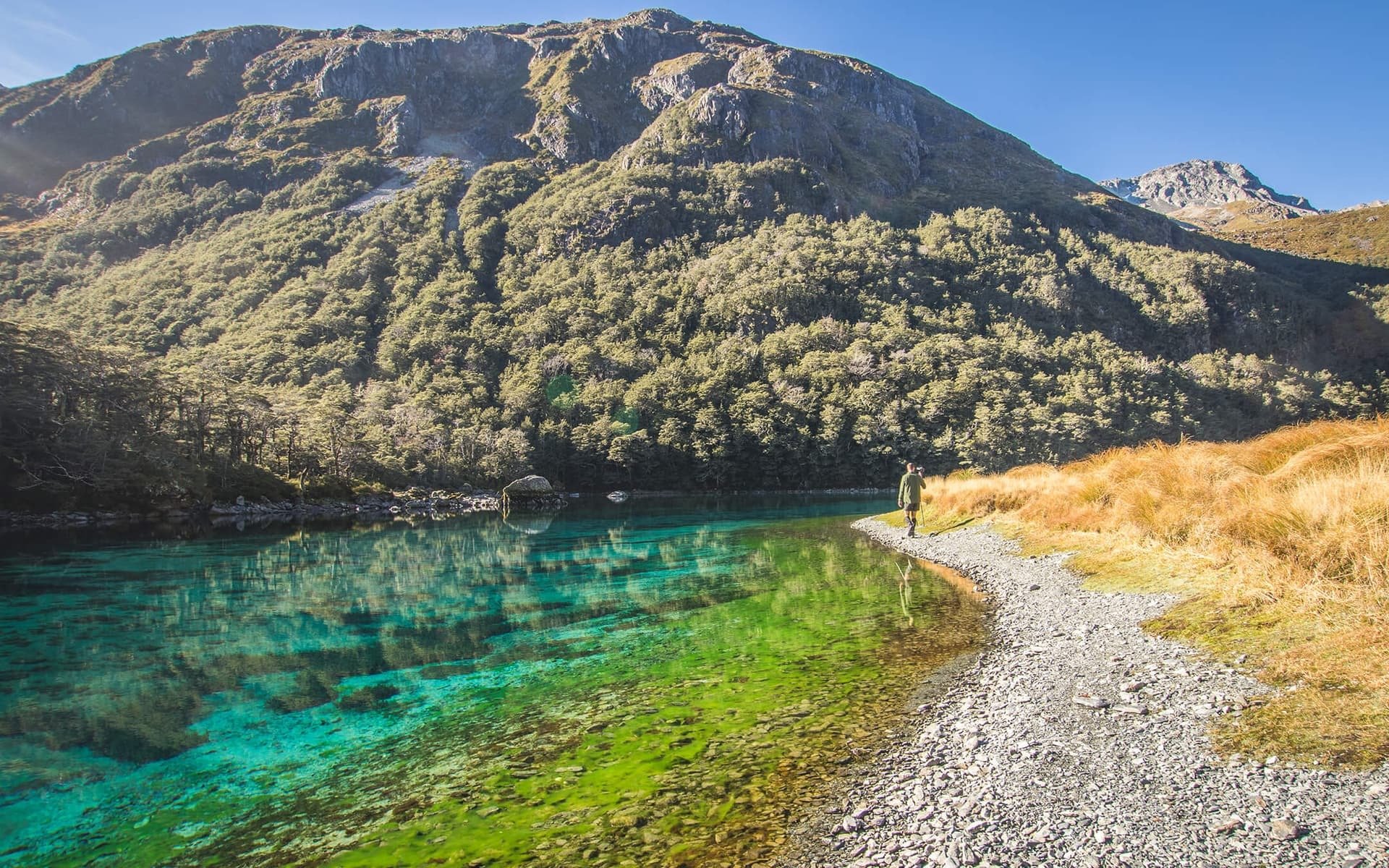
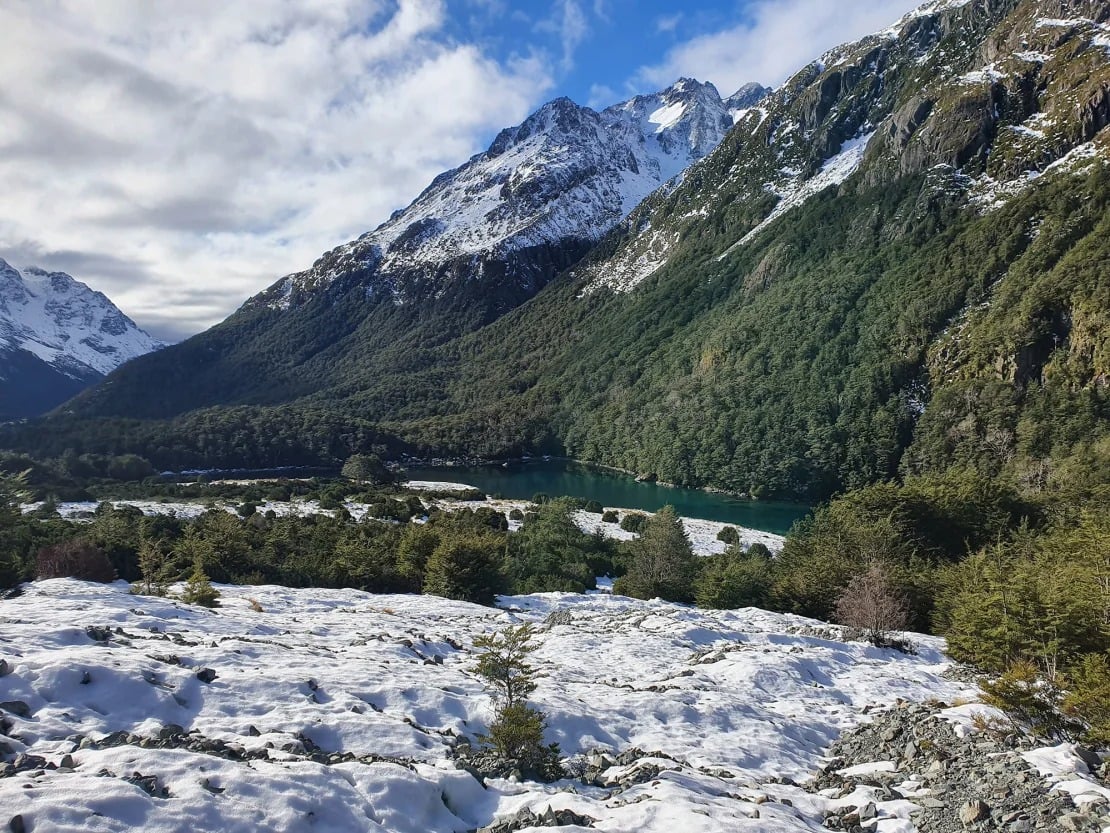
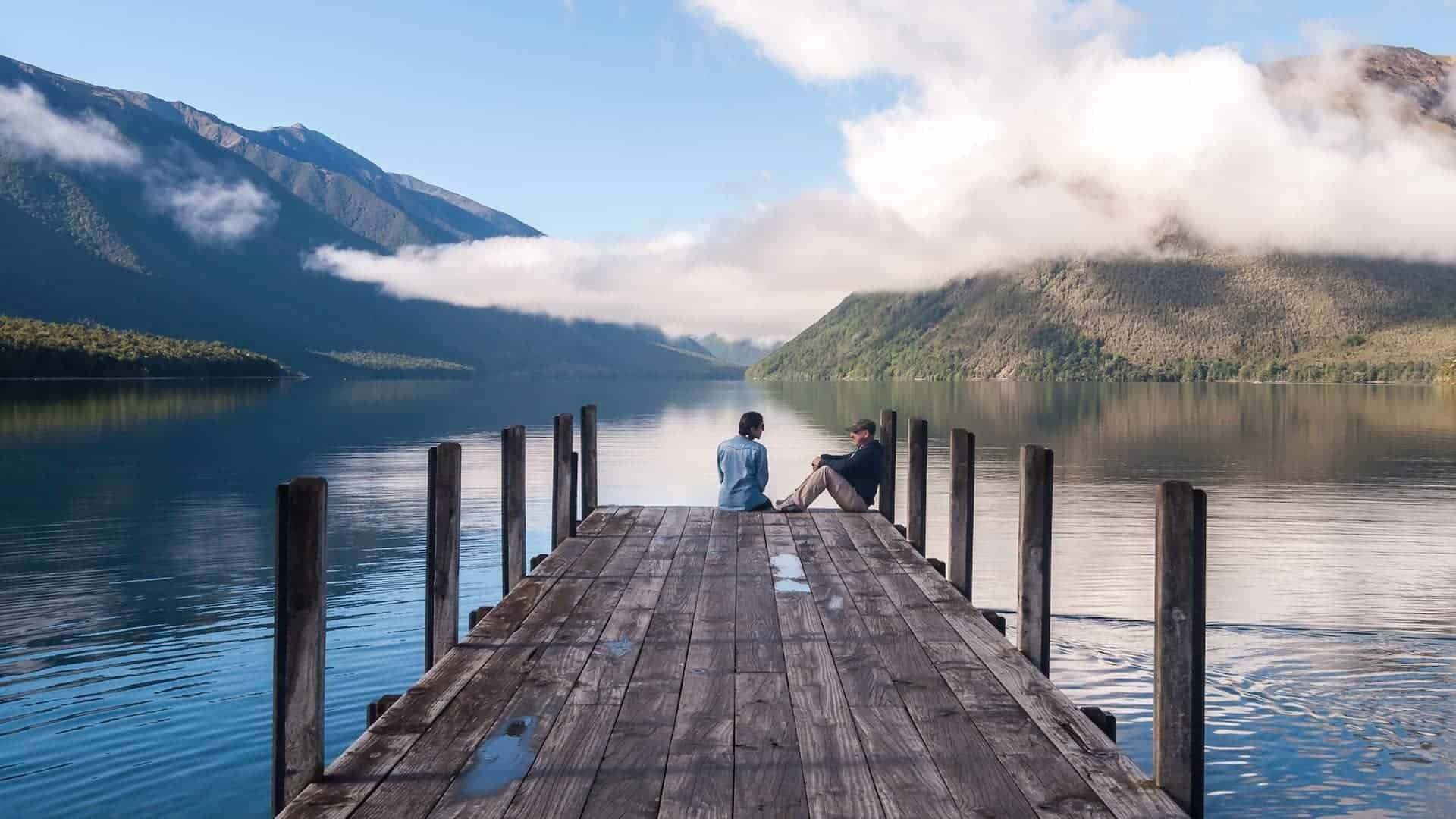






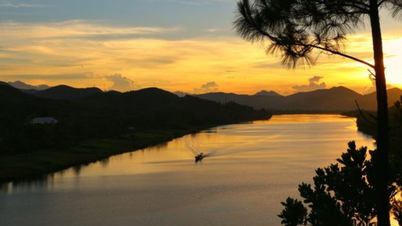

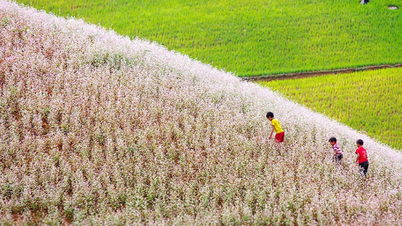
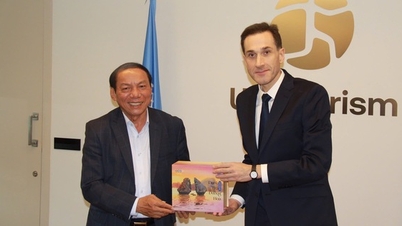





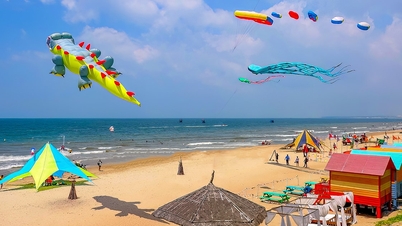



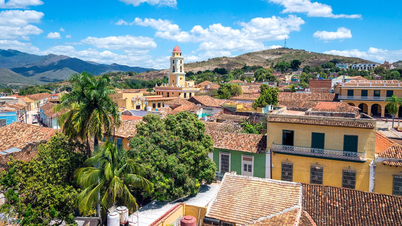

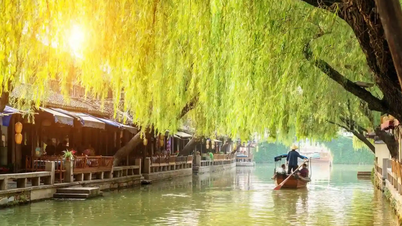
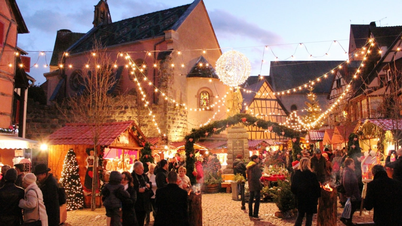








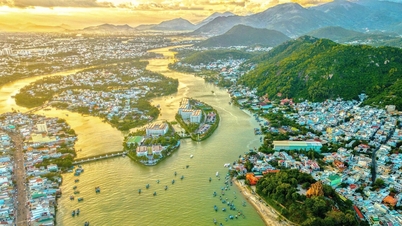
















































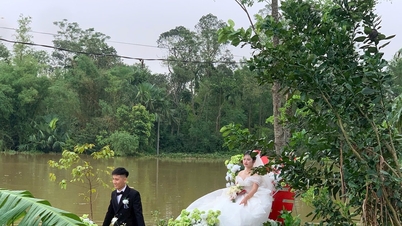



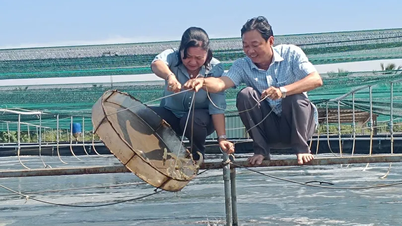



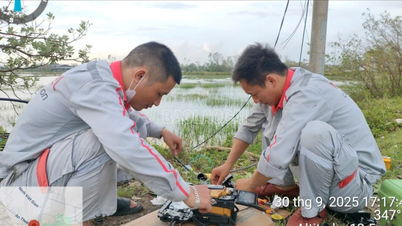
















Comment (0)